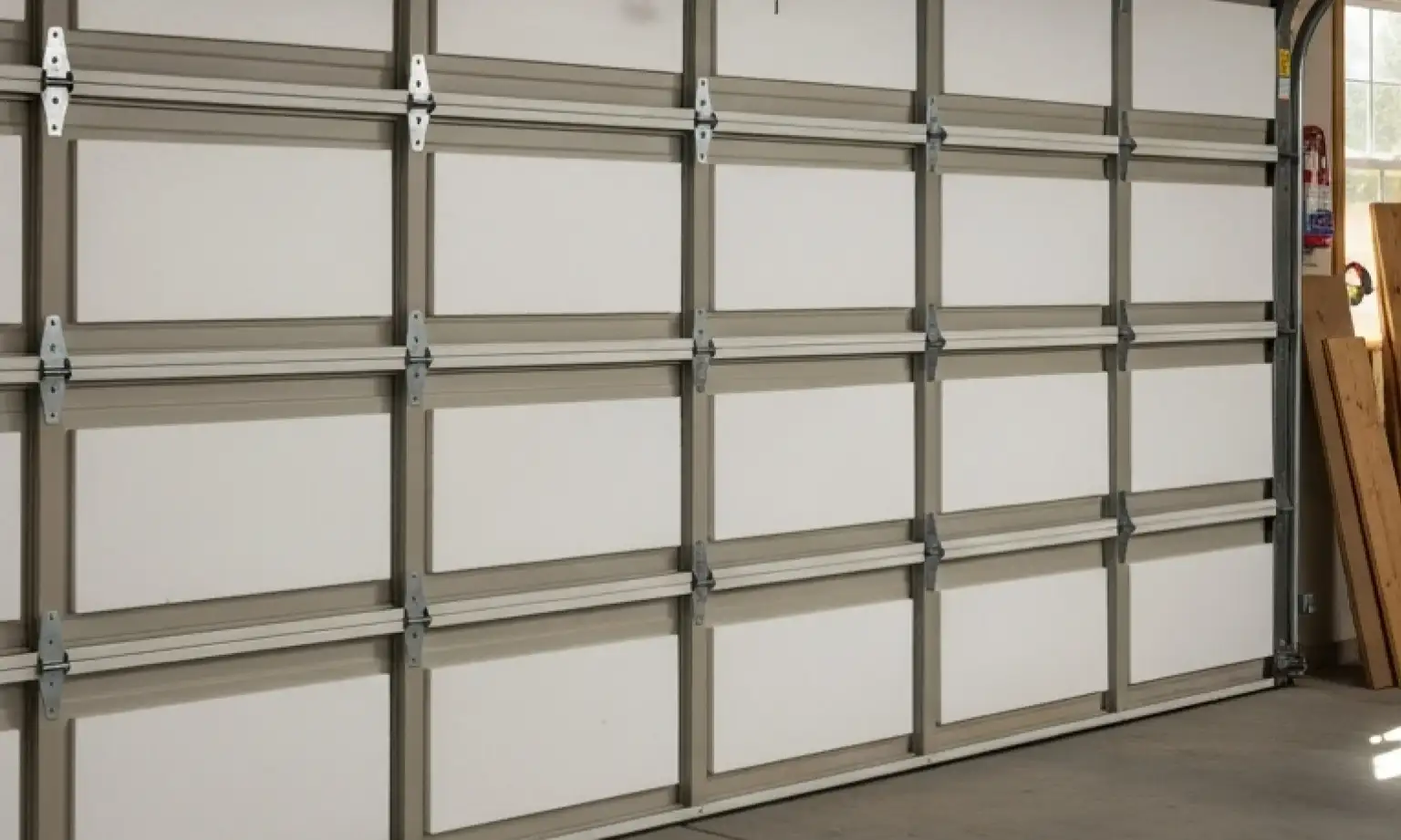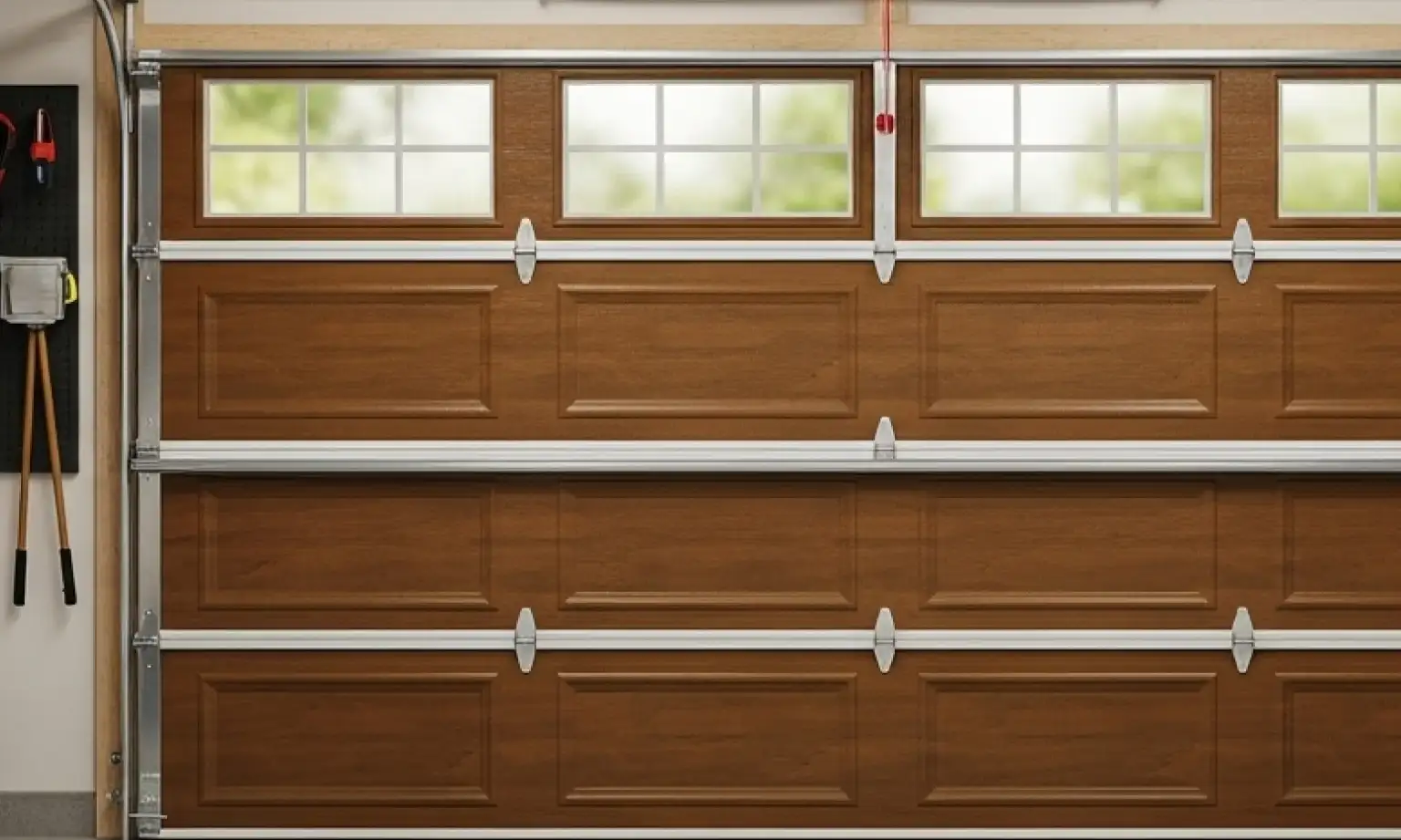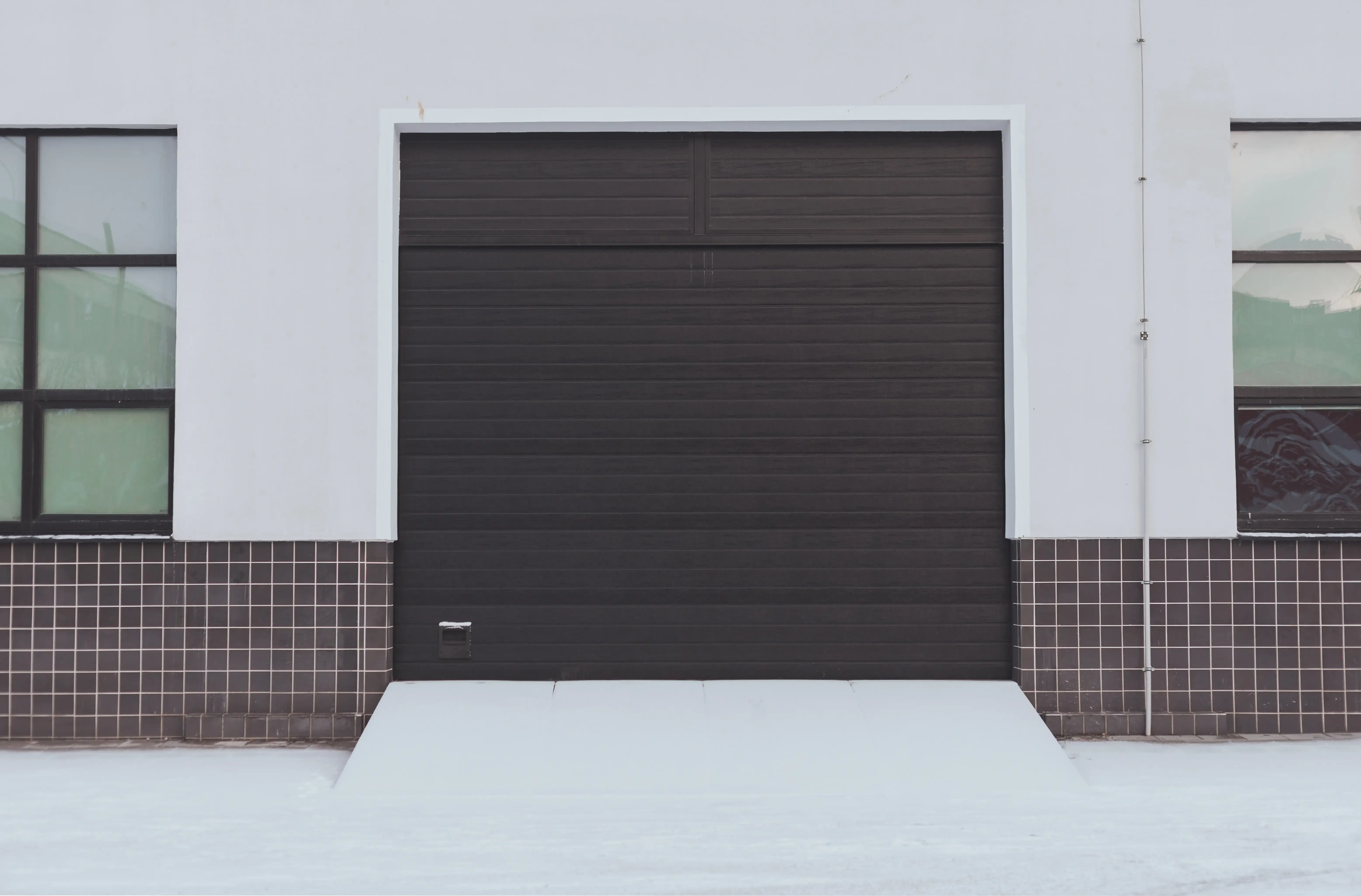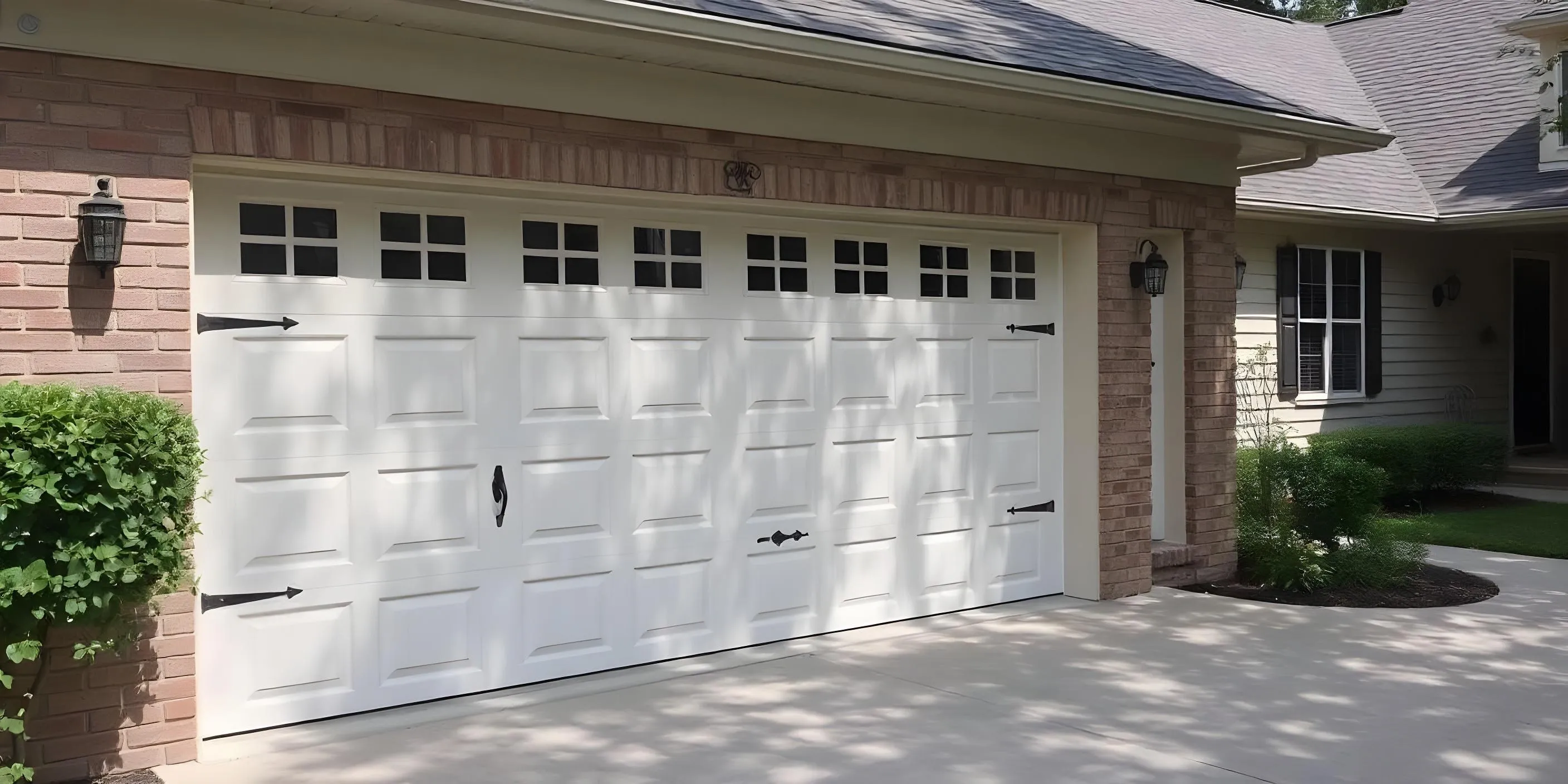How to Insulate a Garage Door: A DIY Step-by-Step Guide
Published Date: Nov 4, 2025
If extreme temperatures are making your garage uncomfortable to use as a workshop or storage space, it might be time to consider garage door insulation. This simple upgrade can help regulate temperature, cut down on energy bills, and even reduce outside noise. In this guide, we’ll show you exactly how to insulate a garage door, including the tools you’ll need, the steps for DIY garage door insulation, and when it may be worth calling the pros at Up & Down Garage Doors.
Is It Worth Insulating a Garage Door? Key Benefits Explained

First of all, yes — adding insulation to your garage door is almost always worth it. Whether your garage is attached to your home or stands alone, insulation helps create a more comfortable and energy-efficient space. It reduces heat loss in the winter, keeps out excess heat in the summer, and cuts down on outside noise.
The benefits of insulating a garage door also include better temperature control for rooms near the garage and less strain on your HVAC system. That means lower energy bills and a quieter, more functional space year-round.
If you’re still unsure if it’s worth insulating a garage door, explore our article on the value of garage insulation for more details. It lays out what to expect in terms of energy savings and comfort.

Tools and Materials Needed for Your DIY Project
Before you begin, gather the following supplies:
- Best garage door insulation kit (usually includes foam board or reflective panels)
- Measuring tape and utility knife
- Straight edge or drywall square
- Spray foam or weatherstripping for small gaps
- Tape or fasteners (included in most kits)
Want to understand which insulation kit is right for your door? Check out our guide on how to choose the best type of insulation.
Step-by-Step: DIY Garage Door Insulation

- Measure each panel: Record the height and width of each garage door panel. Take multiple measurements if needed — some sections may vary slightly.
- Cut insulation to fit: Using a straight edge and sharp blade, cut the foam or reflective panels to size. For a snug fit, cut about 1/8” smaller than your measurements.
- Install the first panel: Start at the top and press the insulation into place. Make sure it sits flat without bulging.
- Repeat for all panels: Continue the process panel by panel. Adjust fit as needed.
- Secure the panels: Depending on your garage door insulation kit, use adhesive or clips to hold each panel in place.
- Seal edges and gaps: Use spray foam or weather stripping to seal garage door gaps and prevent air leaks.
- Check for safety clearance: Insulation should not interfere with the door’s operation or hardware.

DIY vs. Professional Insulation: When to Call an Expert

If you’re confident with tools and have a few hours to spare, DIY garage door insulation can be a great weekend project — especially if you have a standard door that’s in good shape.
However, if your garage is attached to your home, used year-round, or you want the most efficient and polished result, professional help might be the smarter route. Professional garage door insulation means a trained technician handles everything — from selecting the right materials to precise fitting and full sealing. It’s also ideal for garages converted into workspaces, gyms, or studios where comfort and energy savings really matter.
Both options have their place — it just depends on your setup, schedule, and goals.

Need more information?
Get a free quote
Save Energy and Boost Comfort with Up & Down Garage Doors
Learning how to insulate a garage door can be a smart way to make your home more energy-efficient and comfortable year-round. With the right tools, some patience, and a reliable garage door insulation kit, most homeowners can get the job done over a weekend.
Still, if your garage door is old, damaged, or poorly sealed, insulation alone might not be effective. In that case, it’s worth considering a new garage door installation. Up & Down Garage Doors installs modern, pre-insulated doors that improve temperature control, lower energy costs, and give your home a clean, updated look.
Ready to upgrade your garage? Contact Up & Down Garage Doors today for expert advice or a free estimate.
Frequently Asked Questions
What’s the best garage door insulation kit?
Look for a kit with pre-cut reflective panels or foam board and a solid R-value. Choose one that fits your door size and insulation needs.
How hard is DIY garage door insulation?
For most standard doors, it’s a beginner-to-intermediate project. Basic tools and patience are all you need.
How do I know what R-value my garage needs?
If your garage is attached or climate-controlled, go for higher R-values (R-8+). Read our guide on garage door insulation R-value for more info.
Can insulation fix a drafty garage?
Partially. To fully stop air leaks, you’ll also need to seal garage door gaps around the sides and bottom.
Should I insulate or replace my garage door?
If your current door is damaged or outdated, insulation might not be enough. In that case, a new door with built-in insulation is usually the better option.


